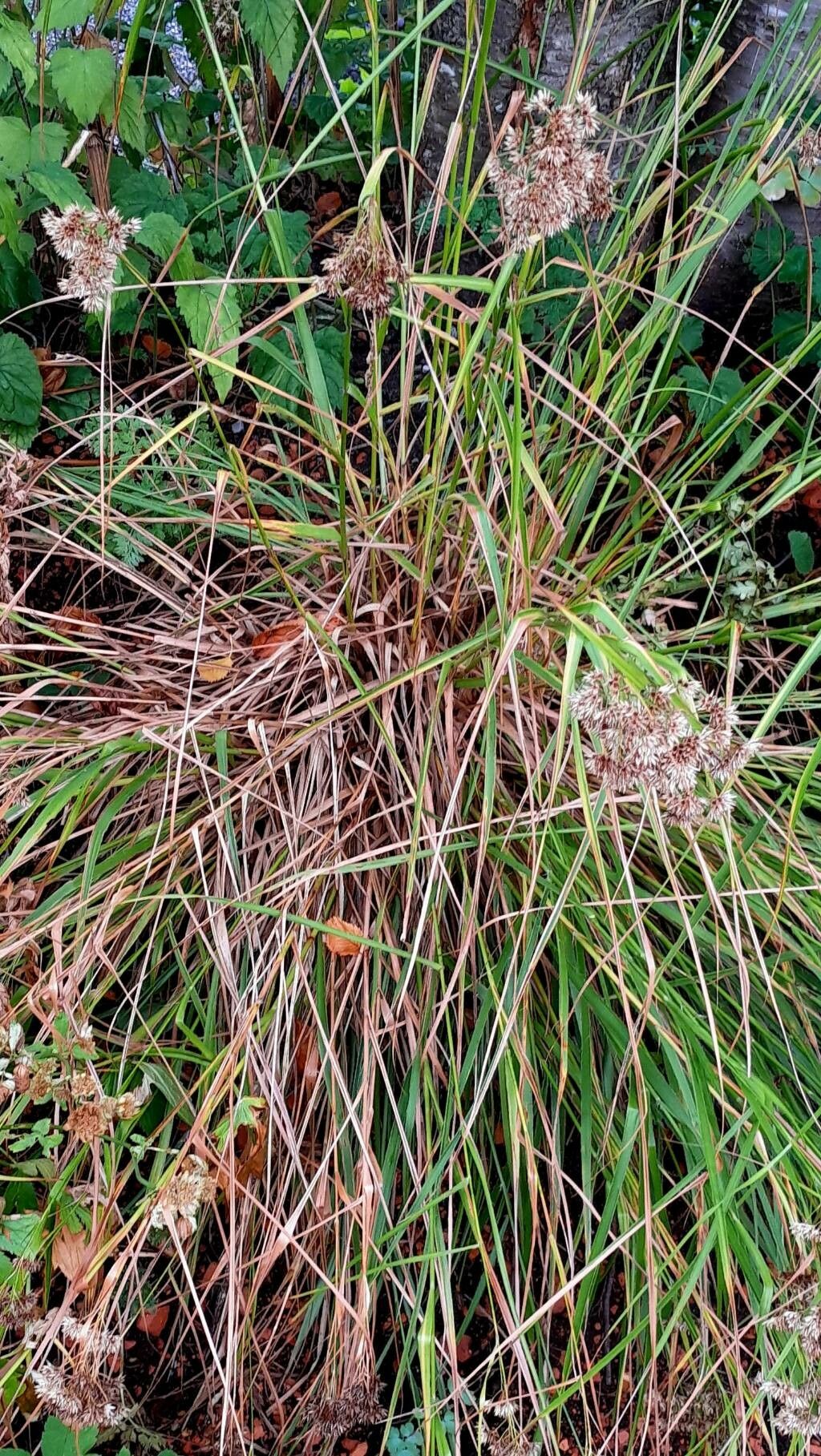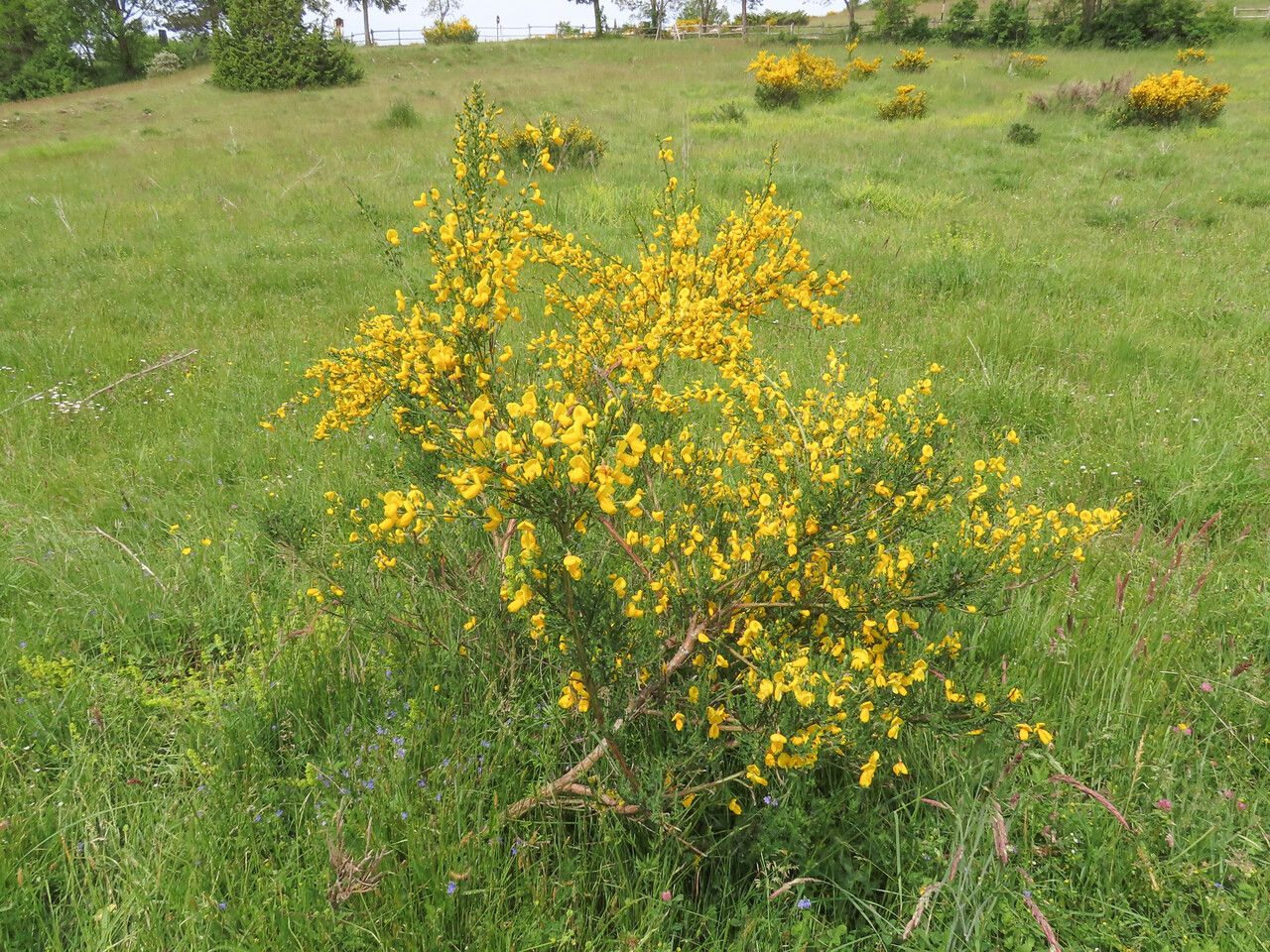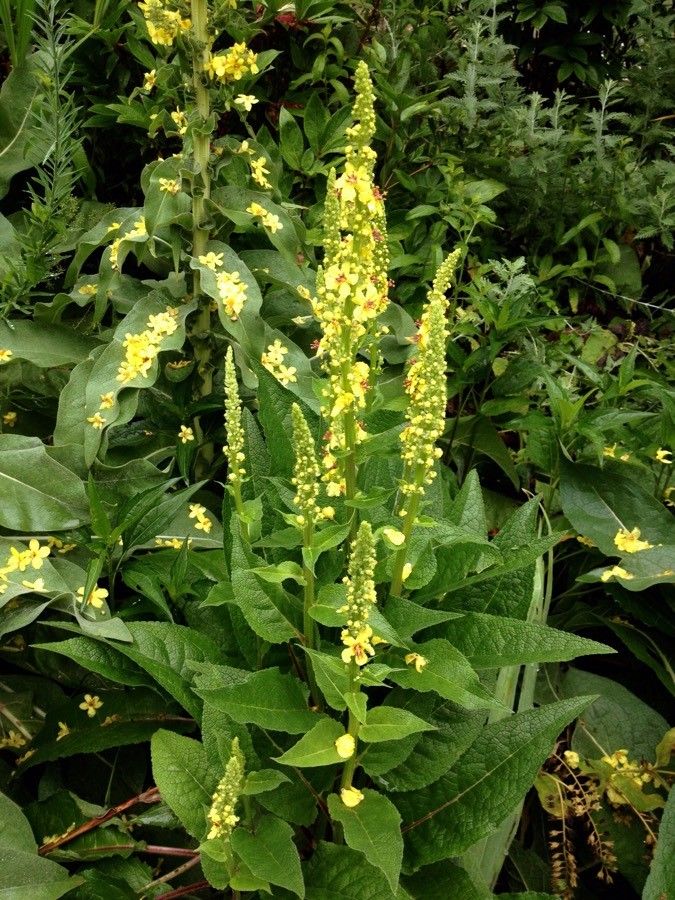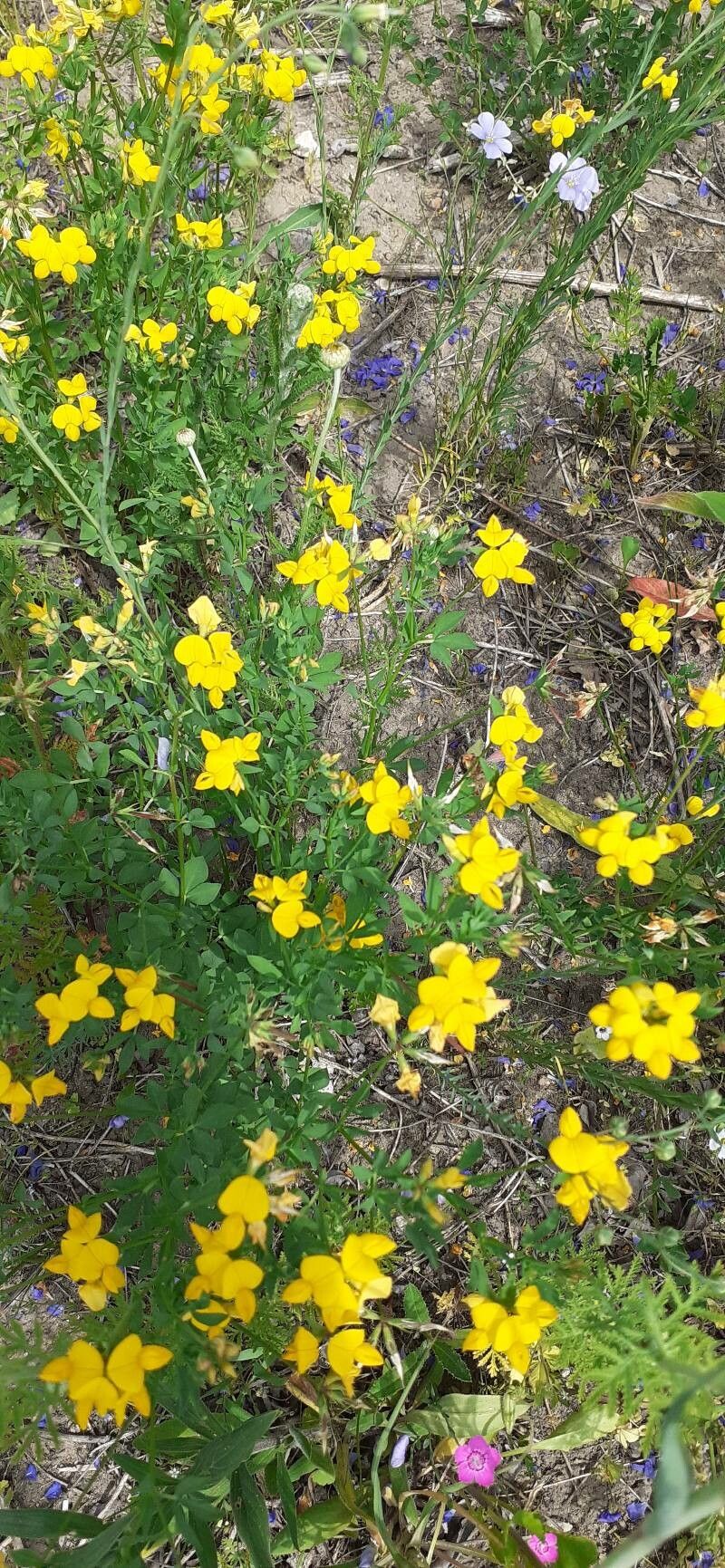### Lesser Wood-rush: A Charming Groundcover for Your Garden
The Lesser Wood-rush, *Luzula campestris*, is a delightful, low-growing perennial belonging to the Juncaceae family. Often found gracing meadows, grasslands, and woodland edges across Europe and parts of Asia, this unassuming plant offers a unique textural element and subtle beauty to any garden setting. Its delicate, grass-like foliage and charming inflorescences make it a worthwhile addition for those seeking to diversify their garden's flora.
### Habitat and Growth
In the wild, Lesser Wood-rush thrives in a range of habitats, exhibiting remarkable adaptability. It prefers well-drained soils, from sandy to loamy, and tolerates a variety of pH levels. While it can tolerate some shade, it flourishes best in full sun to partial shade conditions. This makes it a versatile choice for many garden situations, including borders, rock gardens, and even as a low-maintenance groundcover.
### Soil Needs and Planting
Lesser Wood-rush isn't fussy about soil type, but well-drained soil is crucial to prevent root rot. Avoid heavy clay soils which tend to retain too much moisture. Preparation is minimal; simply amend the soil with some organic matter such as compost before planting. Planting is best undertaken in spring or autumn. Space plants approximately 10-15cm apart to allow for spreading.
### Care and Maintenance
Once established, Lesser Wood-rush requires minimal care. It's drought-tolerant once its roots are well-established, making it an ideal choice for low-maintenance gardening. Regular watering is only necessary during prolonged dry periods, especially during the first year. Deadheading spent flowers will encourage tidiness but isn't essential for the plant's health. Regular mowing is not needed. It is important to note that self-seeding is common in the wild, so consider this factor if you prefer to maintain a controlled spread.
### Propagation
Propagation of Lesser Wood-rush can be achieved through seed or by division of established clumps in spring or autumn. Seed sowing is straightforward, but germination may be slower than other methods. Division is a more reliable method for quicker results, ensuring you maintain the desirable characteristics of the parent plant. Ensure adequate spacing between divided plants.
### Wildlife and Uses
Lesser Wood-rush provides habitat and sustenance for various invertebrates. It's not generally considered a significant source of food for larger animals, but its presence in a garden contributes to a wider biodiversity. While not commonly used for medicinal or culinary purposes, its delicate appearance makes it a valued addition to naturalistic or informal garden designs.
### Is Lesser Wood-rush Right for You?
Its ease of care, adaptability, and attractive foliage make Lesser Wood-rush a fantastic choice for beginner gardeners and experienced gardeners alike. Its subtle beauty contributes to a more natural and varied garden setting. Consider its spreading nature when choosing its location, and enjoy this hardy, low-maintenance plant in your outdoor space.
Lesser Wood-rush: Guide to Planting & Care

Frequently Asked Questions
How to grow Lesser Wood-rush?
Prepare well-drained soil, amend with compost if needed. Plant in spring or autumn, spacing 10-15cm apart. Water regularly only during prolonged dry periods, especially the first year. Deadhead spent flowers for tidiness.
Is Lesser Wood-rush invasive?
While Lesser Wood-rush self-seeds readily, it's not generally considered invasive. However, monitor its spread and divide clumps if you wish to control its growth.


